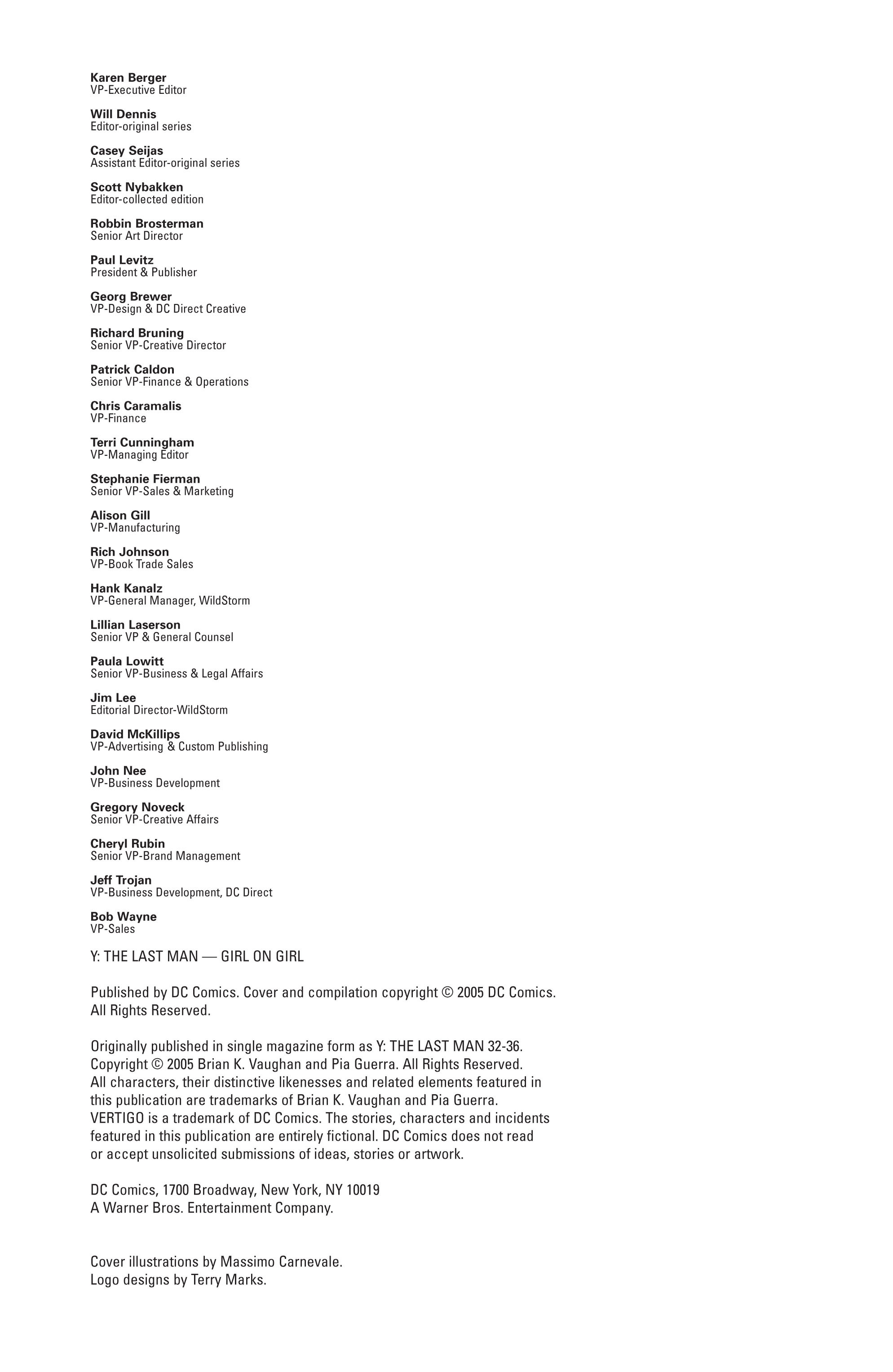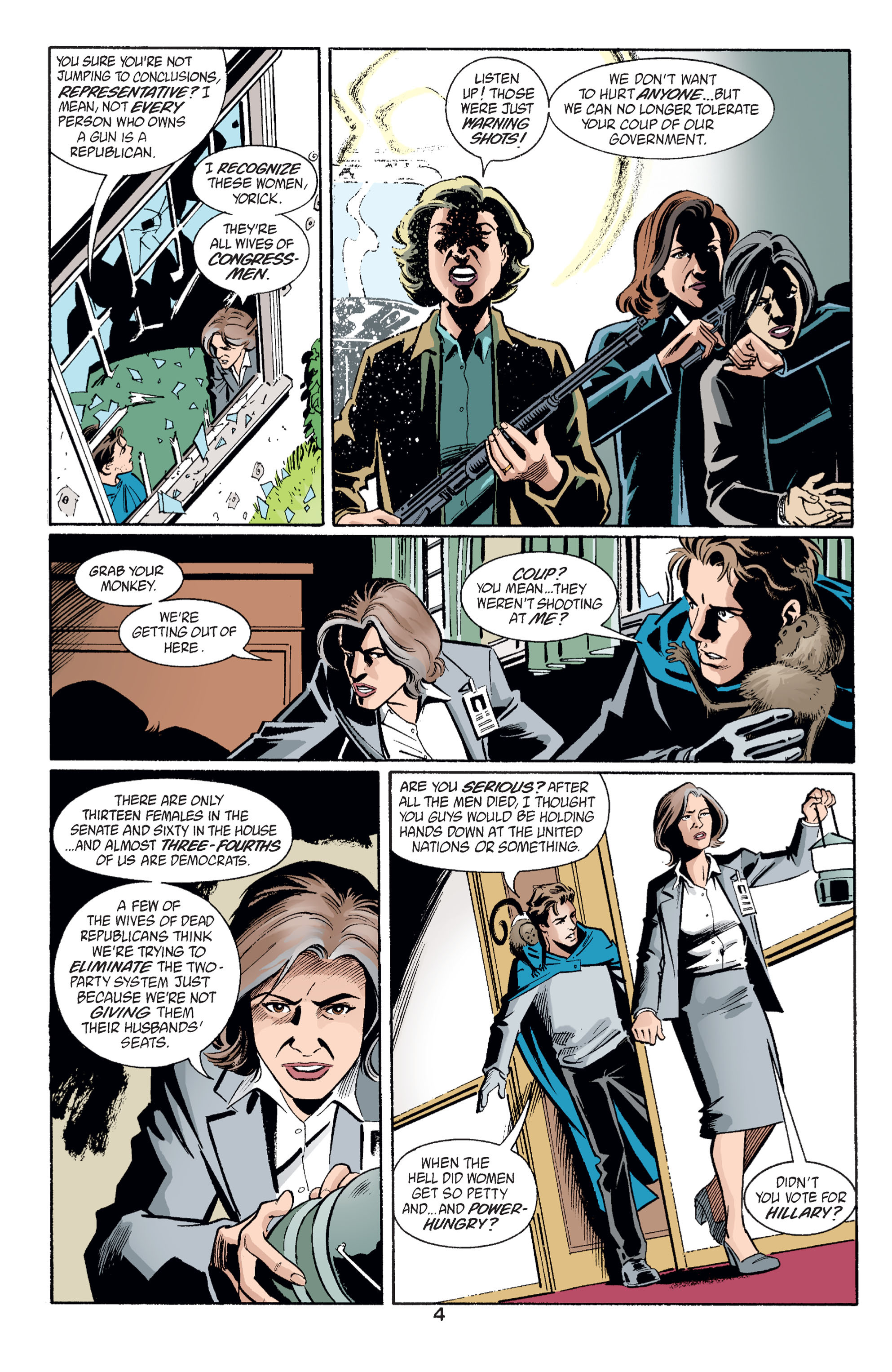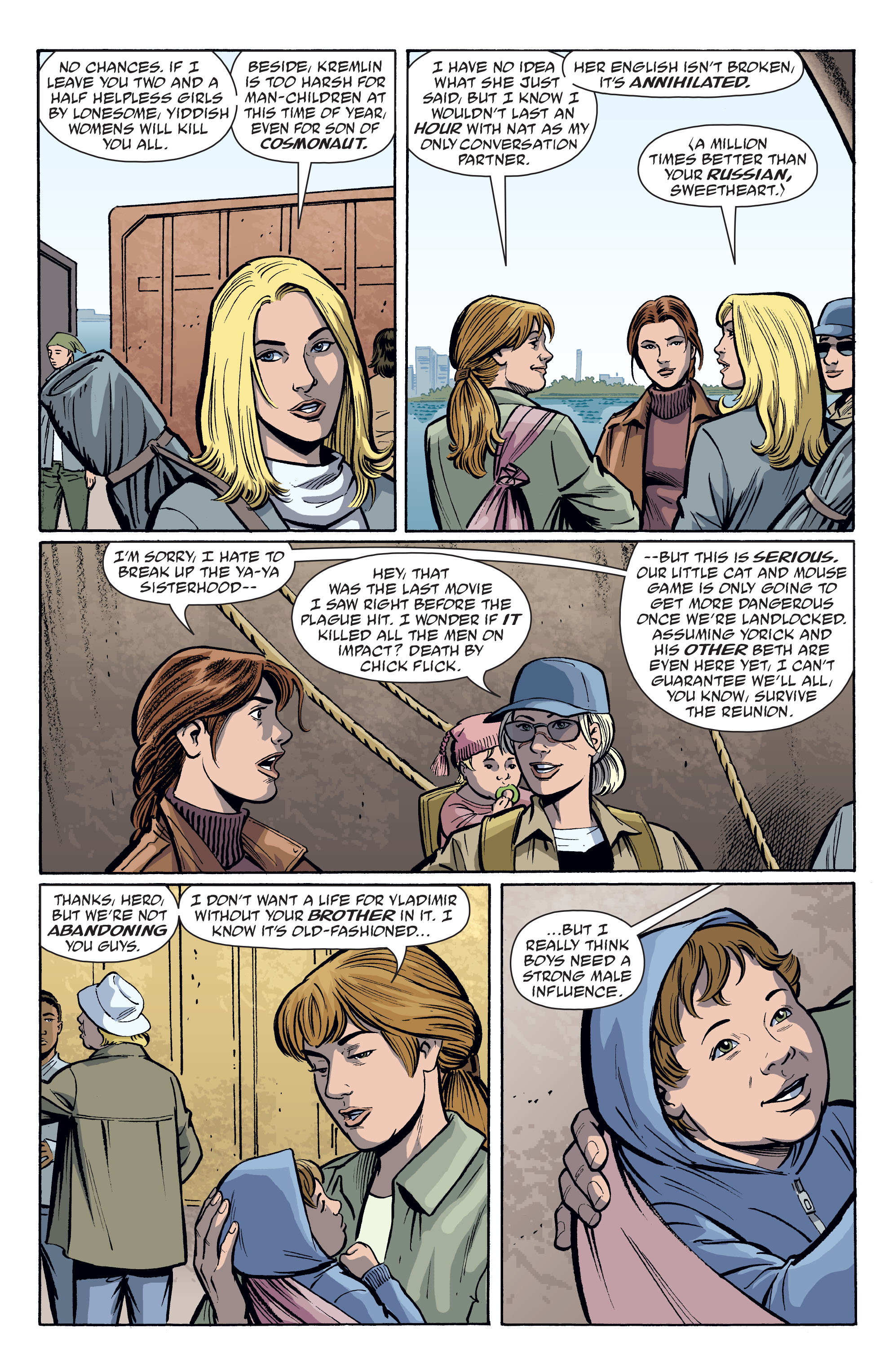
The use of title cards for location and time also reinforces that framework. It gives a somewhat comfortable feel to the art with an imposed structure. There are a couple splashes and one page with a grid, each focusing on Yorick. She uses many wide panel tiers broken up occasionally by rows, all adhering within a set frame size for each page. The rhythm and flow of the layouts from Pia Guerra give the overall storytelling its structure. This gives us the premise of the series and a mystery right off the bat, having the audience chew on that while then going through flashbacks for the rest of the issue. Y: The Last Man #1 starts in media res, essentially giving us what will be the cliffhanger ending first. How the story is structured plays a big part, how the pages are lain out, how the word balloons appear, and many other elements. Pacing has numerous different parts and is a whole creative team affair. I can certainly understand and respect anyone who does. Whether or not you consider it exclusionary for his works is up to you. I do consider it a problem, and will discuss it more when I cover Runaways. And use of it is present in this issue too. I will say that, at least in the early Aughts, Vaughan used ableist slurs regularly. Here we get a diversion into Elvis, some still topical political discussion of abortion and gun control, and a bit of the nature of masculinity in the face of an efficient, highly capable military woman.

And why many of his works get adapted to other media. It’s probably one of the reasons why Vaughan has also seen success writing for television. In a way, it’s kind of like Kevin Smith or Quentin Tarantino. Going off on tangents that better inform the characters.

They’re long-winded, often referencing popular culture and music.

But where Bendis’ dialogue is a kind of rapid-fire Mamet-inspired staccato, Vaughan’s characters tend to ramble. Like Brian Michael Bendis, one of the hallmarks for Brian K. So what are the more mechanical elements present here? 1.

Especially with a new creator-owned project. The premise of a series and the characters can somewhat be considered an intangible, an element of a story that’s often an unknown quantity for audiences. It introduced the world to Yorick Brown, his monkey Ampersand, and an Earth where soon the female of the species would be the only ones left. Y: The Last Man #1 from Vaughan, Pia Guerra, José Marzán Jr., Pam Rambo, and Clem Robins was arguably Vaughan’s first major breakout hit (though The Hood could also be in contention) and the next big thing for Vertigo.


 0 kommentar(er)
0 kommentar(er)
